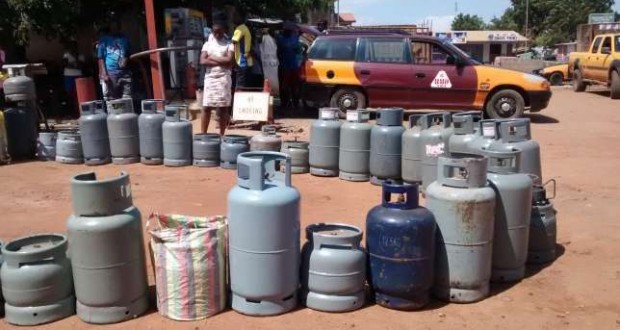- Abu Dhabi wave pool added as new venue on World Surf League 2025 tour
- Photos: 3 million lose power as Hurricane Milton makes landfall in Florida
- CNBC's Inside India newsletter: Is China's stock market rally behind Indian equity losses?
- The Fed is finally cutting rates, but banks aren't in the clear just yet
- Berkshire slashes Bank of America stake to under 10%, no longer required to disclose frequently
What do you believe is the single most important factor driving up the cost of living in Nigeria?

Hypersaline brine produced by fracking has left us in a pickle, but new process could help dry it up
Seemingly miraculous innovations have made it possible to slake the ever-growing thirsts of our industrial society. Need more energy? Frack it from deep-bedded rocks. Fresh water? Desalinate ocean flows. Precious metals? Leach them from low-grade ores that were previously unminable.
But these and other marvels leave us in a pickle—awash in a sea of hypersaline brine. This "brine"—wastewater containing levels of salt many times higher than seawater and often contaminated with pollutants—is a byproduct of these and other industrial processes, and it's a problem.
"The disposal of brine solutions with total dissolved solids greater than 60,000 mg l−1 poses technical, environmental and economic hurdles that remain mostly unresolved," said Arup SenGupta, P.C. Rossin Professor of Civil & Environmental Engineering at Lehigh University.
However, a new approach developed by SenGupta and visiting researcher Hao Chen (then a doctoral student) represents a leap forward in cleaning up and even potentially unlocking valuable resources lurking in the super-salty water. The work is published in the journal Nature Water.
Current methods



- October 8, 2024
Smart charger aims to ease grid stress from EVs




- October 8, 2024
Research highlights China's coal transition complexities

Subscribe to our mailing list to get the new updates!

Subscribe our newsletter to stay updated
Thank you for subscribing!






